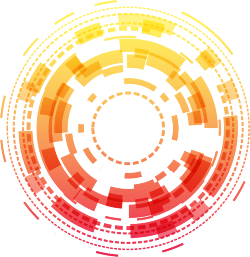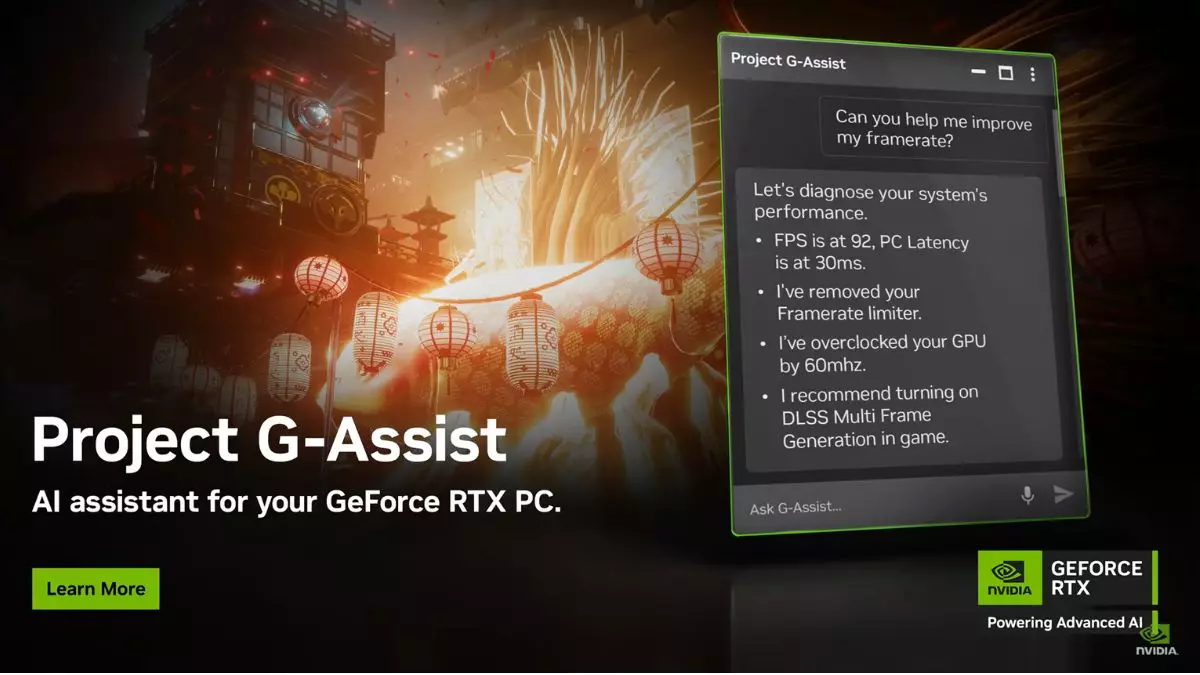Nvidia has once again stepped into the spotlight with the announcement of Project G-Assist, their latest foray into the realm of artificial intelligence. This innovative assistant is designed specifically for desktop PCs powered by GeForce RTX GPUs, providing a unique gaming experience that no laptop can yet match. While the experimental phase may seem like a stepping stone, it indicates Nvidia’s keen understanding of the gaming community’s needs, positioning themselves as pioneers not just in hardware, but in user experience as well.
A Localized Gem: Privacy and Performance Combined
One of the standout features of G-Assist is its ability to operate locally on users’ machines. This not only dramatically enhances performance by removing latency issues typical of cloud-based systems but also significantly enhances privacy. Users can engage with the assistant without worrying about their data being whisked away to far-off servers. Instead, all commands and inquiries happen within the confines of one’s own device, reinforcing an essential element of user trust in distracted times where data breaches dominate the headlines.
Complexity Made Simple
What truly differentiates G-Assist from other digital assistants is its gaming-centric focus. Typical AIs might struggle to address the specific concerns of gamers, but G-Assist presents solutions with a level of efficiency that can only be dreamt of until now. From optimizing game settings to monitoring frame rates and system performance, this assistant operates as a highly capable ally on the battlefield of gaming. It can even analyze multiplayer game replays and offer personalized feedback, which may very well revolutionize how aspiring gamers train and develop their skills.
Bridging the Gap Between Gaming and Real-World Constraints
Moreover, G-Assist goes beyond just gaming. Its capabilities extend to real-time diagnostics and recommendations to enhance system efficiency. In an era where energy consumption and system health are paramount, the ability to monitor your device’s temperature, GPU usage, and system performance metrics is not merely a convenience—it’s a necessity. Nvidia’s commitment to developing a tool that helps users push the boundaries of what their machines can do is laudable, especially in a market inundated with half-baked solutions.
A New Wave of Interactivity in Gaming
Additionally, the blend of text, audio, and visual inputs combined with the assistant’s ability to run diagnostics throws open the doors to a new kind of interactive relationship between gamers and their machines. The capability for users to interact with the AI through various means is a fresh take on user interface design and will likely set a precedent for other tech developers to follow. G-Assist isn’t just a tool; it’s a partner in the gaming experience, effectively acknowledging the gamer’s active role in shaping their gameplay.
In a marketplace often defined by one-dimensional upgrades, Nvidia’s Project G-Assist stands out as a multi-faceted innovation addressing both the demands and dreams of its users. A well-earned praise goes to them for continuing to evolve the gaming landscape into a more interactive and supportive realm.


Leave a Reply